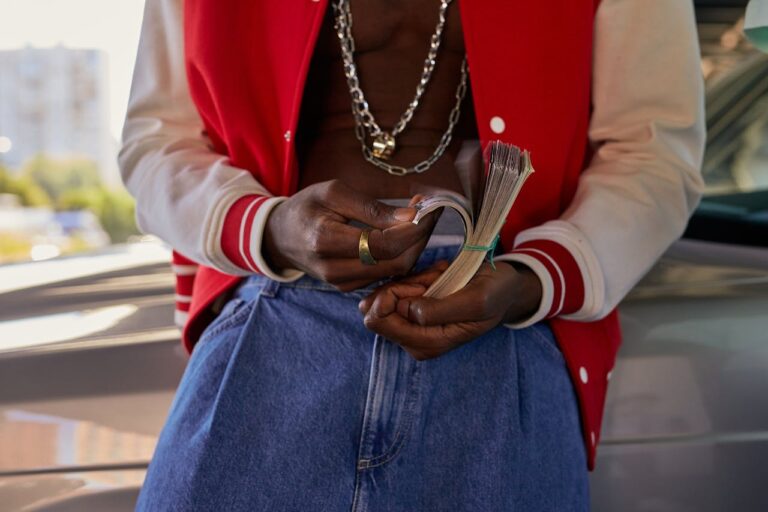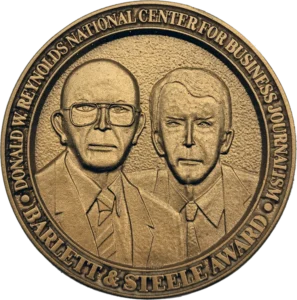While we are still relatively fresh out of the Grammy Awards, we thought it might be a fun time to delve into the business of music. In particular, the business of hip-hop and how it “went from being shunned by big business to multimillion-dollar collabs.”
The beginning of hip-hop
Hip-hop is much more than just music; it’s defined as an entire cultural movement that includes four main elements: deejaying, rapping, graffiti art, and b-boying (breakdancing). Hip-hop began in the Bronx borough of New York during the 1970s, often credited to DJ Kool Herc, a young Jamaican immigrant who used two turntables to mix together and extend the most danceable parts of popular songs. Other local DJs immediately tried to outdo him, and competition remains a strong motivator in the hip-hop scene. The goal is not only to create something new and cool but to add personal style to previous work so that hip-hop is always building, growing, and adapting to the moment.
Many of the early pioneers of hip-hop came from the Bronx, which was heavily populated by African Americans, Puerto Ricans, and Caribbean immigrants. This included Afrika Babaataa, a DJ, producer, and party organizer, and Grandmaster Flash who invented many deejaying techniques popularly used today, including backspin, cutting, and scratching.
Influences abound
Hip-hop has been immensely influential. It has introduced new language, dance styles, art, and fashion into the mainstream. It has shed light on social issues, empowered marginalized communities, and become an “indispensable tool in the social worker’s toolkit.” Hip-hop has also had a lasting legacy on intellectual property law in music.
What set hip-hop music apart from many other music genres at the time was the production process. It was standard for artists to slice, dice, and rework snippets of other music, speeches, or sound clips into their work to create deep and nuanced tracks that sounded like nothing else on the airwaves. One of Grandmaster Flash’s biggest hits was composed entirely of sampled instrumentals. While hip-hop no doubt inspired a lot of creativity in music, it also sparked debates about copyright rights to music.
Most disputes were handled outside the courtroom, but a single-court case in 1991 completely changed the way the music industry conducts business. The judge found that the rapper Biz Markie was guilty of infringing on songwriter Gilbert O’Sullivan’s copyright and was ordered to pay damages, stop selling the song in question, and be referred to criminal court for theft. While this permanently ended the era of “anything goes” for sampling, it certainly didn’t end the practice of sampling. It simply made it more difficult and expensive to do – one rapper went into debt after spending $70,000 on samples for a single album in 2016.
Businesses see dollar signs
The first major company to see hip-hop artists as a profitable partner was Adidas in 1986. The group Run-D.M.C. released a single titled “My Adidas” that celebrated the group’s love for Adidas shoes. The song was an instant hit and shot sales of Adidas through the roof. When the brand found out why their sales were suddenly skyrocketing, executives realized they should jump on the opportunity and it eventually led to a Run-D.M.C. shoe line in 1988.
Despite the success of this collaboration, many businesses were still hesitant to associate their brands with hip-hop artists for they feared it would diminish their brand. However, the money eventually spoke for itself and many brands have now collaborated with some of the biggest hip-hop artists to date, including McDonald’s with an entire line up of hip-hop celebrities.







